
All categories
Featured selections
Trade Assurance
Buyer Central
Help Center
Get the app
Become a supplier

(127 products available)




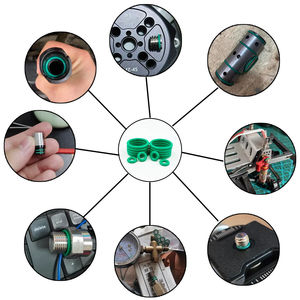


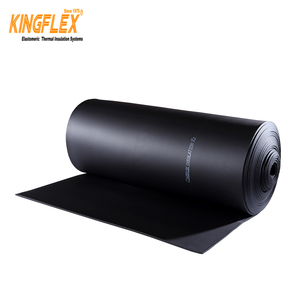



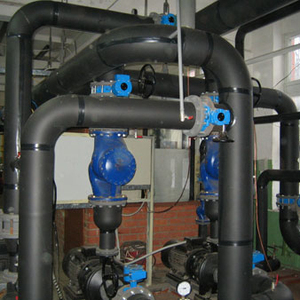
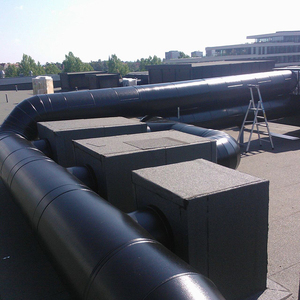



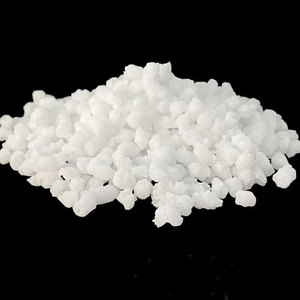








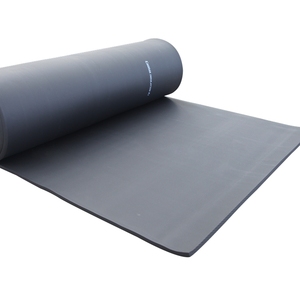




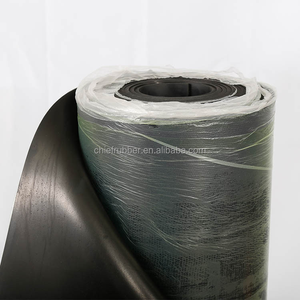



Fluoroelastomers are special kinds of rubber that resist chemicals, heat, and bad weather thanks to their fluoro and elastomer mix. They come in different types tailored for unique uses. Here are the main kinds of fluoroelastomer:
Viton,
Viton is a famous fluoroelastomer brand used in many factories. It handles high heat, up to 200 degrees Celsius, and tough chemicals like oils and acids. Engineers trust it for seals, gaskets, and hoses in cars, planes, oil rigs, and factories. Its special rubber bond makes it last a long time, even under extreme conditions. Essentially, Viton is a key part for anyone needing heat and chemical resistance.
FFKM,
FFKM stands out because it resists even the most extreme conditions. It tackles heat, chemicals, and plasma far better than other elastomers. It's great for semiconductors, pharmaceuticals, and other sensitive manufacturing. Its strong chemistry keeps equipment safe from damage in critical processes. FFKM is the top choice when nothing else will survive.
FMVQ
FMVQ combines the strengths of rubbery silicone and fluoroelastomers. This blend lets it tackle heat and chemicals, but also work well in colder temperatures. Engineers like it for seals and gaskets where temperature extremes are likely. FMVQ balances the qualities of silicone and fluoroelastomers for versatile uses.
AFPM
AFPM is valued for making seals that hold up against oil and gas well. Its special formula offers excellent resistance to the kinds of fuels and lubricants that can break down other materials. This makes AFPM ideal for the oil and gas sector. Its seals stay strong where most others would fail.
Fluoroelastomers are special rubbers that are handily shaped to perform important functions. Their unique properties allow them to be designed for many purposes. Here are the key functions and design features:
Seals, Gaskets, and O-Rings:
Functional Role: Seals, gaskets, and O-rings made from fluoroelastomers provide airtight and liquid-tight sealing between surfaces in machinery and equipment. This prevents leaks and contamination.
Design: The smooth, flexible nature of fluoroelastomers allows them to easily conform to uneven surfaces. This ensures a tight seal is created when compressed. Fluoroelastomer O-rings, for example, are designed in various diameters and cross-sectional shapes to fit different sealing applications.
Hoses and Tubing:
Functional Role: Fluoroelastomer hoses and tubing transport corrosive chemicals, fuels, oils, and gases safely. Their resistance to chemical attack ensures long-lasting performance.
Design: Fluoroelastomer materials are engineered into flexible hose structures that maintain their shape and integrity under exposure to aggressive environments. They are designed in varying diameters and lengths based on the required flow capacity and application needs.
Diaphragms:
Functional Role: In pressure control and fluid devices, fluoroelastomer diaphragms effectively separate and control fluid flows. Their flexibility allows for responsive movement under pressure changes.
Design:
The design of these diaphragms incorporates thin, pliable fluoroelastomer sheets. As pressure varies, the diaphragm deforms in a controlled manner. Specialized shapes and sizes are selected based on the specific pressure and fluid regulation requirements of the device.
Protective Coatings:
Functional Role: Coating applications employ fluoroelastomers to safeguard surfaces from chemical degradation, extreme temperatures and weathering. This extends the lifespan of critical components.
Design:
These coatings are developed through processes like spraying and dipping. Coats are applied in thick or thin layers onto surfaces. The coating thickness can be customized depending on the level of protection required. These designs are optimal for industries needing protective barriers.
Chemical Resistance:
Check that the fluoroelastomers resist the specific chemicals encountered in the application. Not all fluoroelastomers have the same chemical resistance, so confirm it matches your needs. This ensures the material will last without degrading.
Temperature Range:
Verify the fluoroelastomer can perform over the required temperature spectrum. Many fluoroelastomers endure heat up to 200°C or more, as well as cryogenic cold. Ensure it meets the operating conditions to maintain performance.
Mechanical Properties:
Assess important mechanical traits like tensile strength, elongation, and resilience. These properties dictate how the material withstands flexing, stretching, and harsh environments. Toughness and flexibility are also key to long-term durability.
Application Needs:
Consider the specific requirements of the intended application. Whether for coatings, seals, or gaskets, ensure the chosen fluoroelastomer is well-suited to the distinct demands. This tailored approach enables optimal performance and lifespan.
Processing Factors:
Review how the fluoroelastomer can be fabricated into the desired form. Some may require complicated processing. For large-scale use, confirm it can be easily and efficiently manufactured. Streamlined processing helps reduce production costs.
Sourcing Quality:
Identify reliable suppliers or manufacturers of high-quality fluoroelastomers. Poor-quality materials may not deliver the full benefits. Selecting proven sources ensures adherence to quality standards and specifications for the application.
Fluoroelastomers are valued for seals, gaskets, hoses, tubing, coatings, and more. Their key strengths are chemical resistance, heat protection, and weathering durability. This makes them well-suited for harsh environments found in automotive, aerospace, oil and gas, and chemical processing industries. They help improve equipment reliability and lifespan.
The lifespan of fluoroelastomers depends on factors like the specific type used, chemicals encountered, temperature ranges, and mechanical stresses. Under optimal conditions with minimal degradation agents, fluoroelastomers can endure several years. In critical applications with extreme service factors, they may last only a year or two. Their formulations are engineered for extended durability in demanding environments.
It is renowned that fluoroelastomers are hardy, although some worry about their environmental impacts. Manufacturing them consumes more energy than typical rubbers. Additionally, certain agents used in production and disposal can cause pollution. Nevertheless, efforts are being made to create greener processes and safely manage disposal. Currently, though, eco-friendly alternatives may have shorter life expectancies.
Fluoroelastomers are specific rubbers with strong resistance to chemicals, temperatures, and weather. Unlike simple fluorocarbons, which serve as fuels and refrigerants, fluoroelastomers form seals, hoses, and gaskets. They stand out for their flexibility and durability in tough conditions, making them essential for seals and coatings. Their special rubbery qualities allow them to stretch and return to shape, which fluorocarbons cannot do alone.
Fluoroelastomers are processed using common rubber techniques. They can be molded into shapes for gaskets or seals through compression or injection. Fluoroelastomer coatings are created by spreading the materials onto surfaces. To strengthen them, heat is applied in a process called curing or vulcanization. This gives the final items their useful forms and tough qualities.